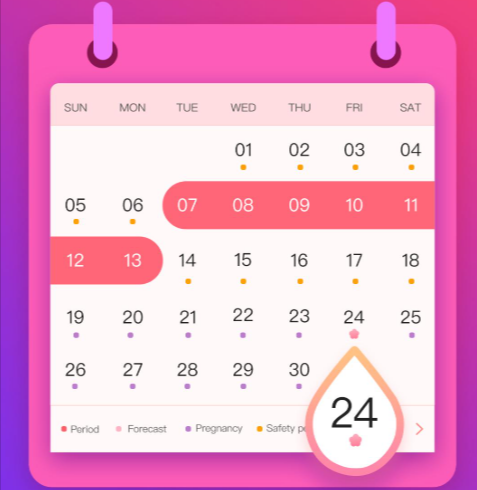Glimepiride
What is glimepiride?
Glimepiride is an oral diabetes medicine that is used together with diet and exercise to improve blood sugar control in adults with type 2 diabetes mellitus. glimepiride is not for treating type 1 diabetes.
Glimepiride may also be used for purposes not listed in this medication guide.
Glimepiride side effects
Get emergency medical help if you have signs of an allergic reaction (hives, difficult breathing, swelling in your face or throat) or a severe skin reaction (fever, sore throat, burning eyes, skin pain, red or purple skin rash with blistering and peeling).
Glimepiride may cause serious side effects. Call your doctor at once if you have:
pale or yellowed skin, dark colored urine;
confusion, weakness; or
fever.
Common side effects of glimepiride may include:
dizziness, weakness;
nausea; or
Before taking this medicine
You should not use glimepiride if you are allergic to it, or if you have:
an allergy to sulfa drugs; or
diabetic ketoacidosis (call your doctor for treatment).
Tell your doctor if you have ever had:
liver or kidney disease; or
an enzyme deficiency called glucose-6-phosphate dehydrogenase deficiency (G6PD).
Glimepiride may increase your risk of serious heart problems, but not treating your diabetes can also damage your heart and other organs. Talk to your doctor about the risks and benefits of glimepiride.
Follow your doctor’s instructions about using this medicine if you are pregnant or you become pregnant. Controlling diabetes is very important during pregnancy, and having high blood sugar may cause complications in both the mother and the baby. However, you may need to stop taking glimepiride for a short time just before your due date.
Medications similar to glimepiride have caused severe hypoglycemia in newborn babies whose mothers used the medicine near the time of delivery. If you take glimepiride during pregnancy, stop taking this medicine at least 2 weeks before your due date.
If you breastfeed while taking glimepiride, call your doctor if your baby shows signs of hypoglycemia (extreme drowsiness, feeding problems, mottled skin, blue lips, feeling cold or jittery, or having a seizure).
Glimepiride is not approved for use by anyone younger than 18 years old.
Glimepiride dosing information
Usual Adult Dose for Diabetes Type 2:
Initial dose: 1 to 2 mg orally once a day
Maintenance dose: Increase in 1 or 2 mg increments no more frequently than every 1 to 2 weeks based on glycemic response
Maximum dose: 8 mg per day
Comments:
-Administer with breakfast or first main meal of the day.
-In patients who are at increased risk for hypoglycemia, start with 1 mg orally once a day and titrate slowly.
-When patients are being transferred to this drug from a longer half-life sulfonylurea, monitor 1 to 2 weeks for overlapping drug effect.
Use: As an adjunct to diet and exercise to improve glycemic control in patients with type 2 diabetes mellitus.
Usual Geriatric Dose for Diabetes Type 2:
Initial dose: 1 mg orally once a day; titrate slowly and monitor closely
Usual Pediatric Dose for Diabetes Type 2:
Not recommended because of adverse effects on body weight and hypoglycemia.
Interaction
Health Tools
Related/Similar Drugs
Atorvastatin
Home What is atorvastatin? Atorvastatin is medication used to lower cholesterol and triglycerides (fats) levels to help prevent prevent heart disease, […]
Rosuvastatin
Home What is rosuvastatin? Rosuvastatin (Crestor, Ezallor Sprinkle) is a prescription medication used to treat high cholesterol and prevent heart attacks and strokes. Rosuvastatin belongs […]
Telmisartan
Home What is telmisartan? Telmisartan is an angiotensin II receptor blocker (sometimes called an ARB) that is used to treat high blood pressure (hypertension). […]




